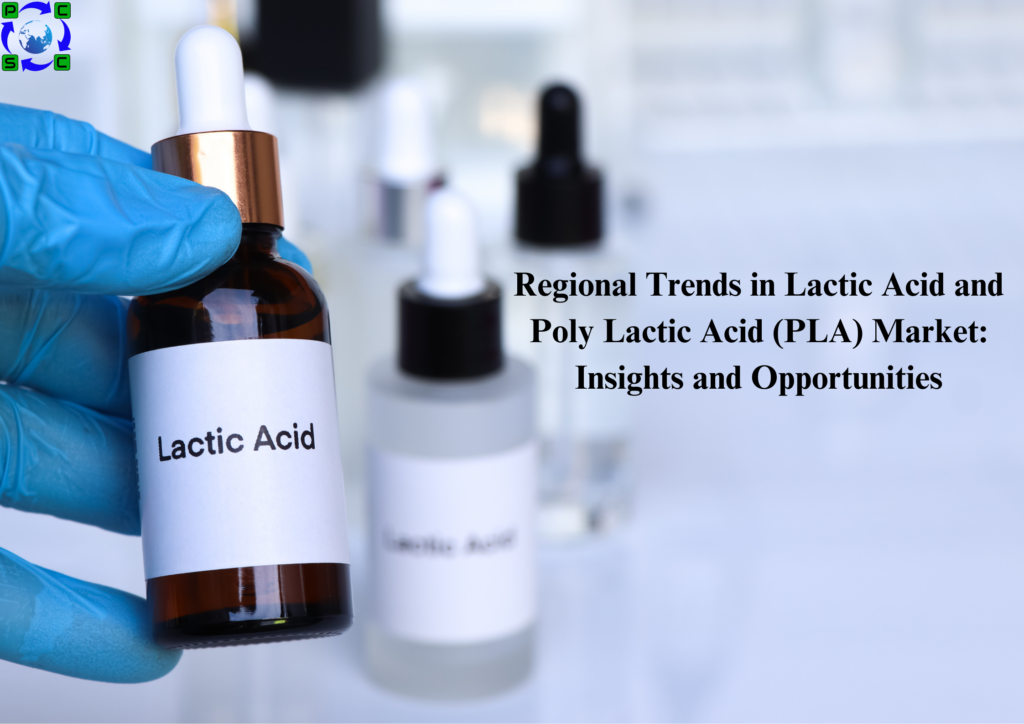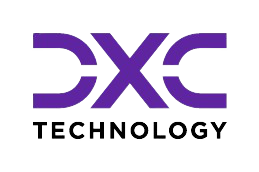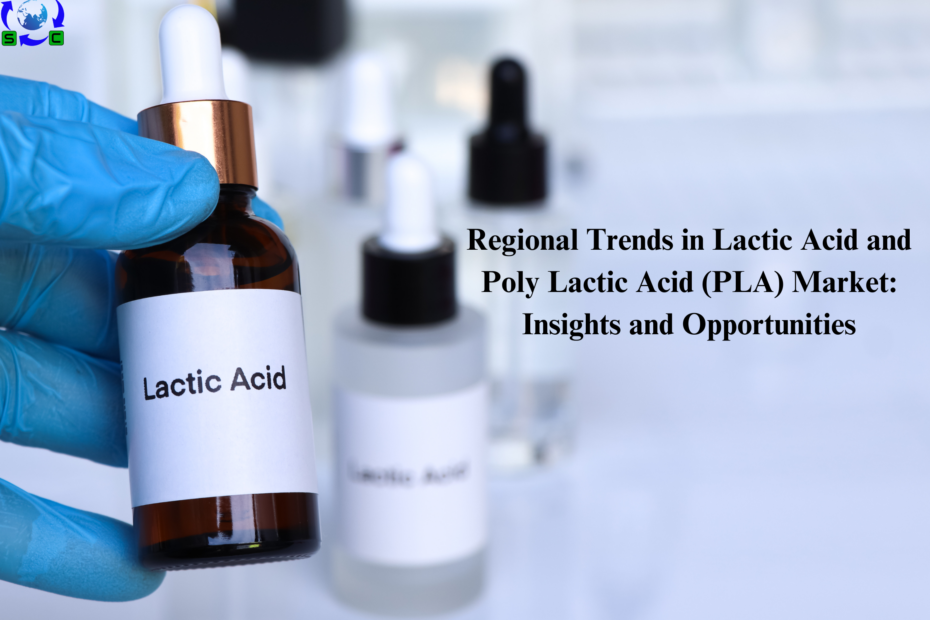 Lactic Acid
Lactic Acid
Lactic acid is an organic acid that occurs naturally in the body, especially during anaerobic metabolism (e.g., muscle fatigue). It is also produced by bacteria and used widely in various industries, such as food, pharmaceuticals, and cosmetics.
-
Sources: Lactic acid is primarily produced via fermentation of carbohydrates (like glucose or sucrose) by lactic acid bacteria or yeast.
-
Applications: It is used in food preservation (as a preservative), as a flavoring agent, and in the production of biodegradable plastics like PLA.
-
Biodegradability: Lactic acid is biodegradable and can be used in creating more environmentally friendly materials compared to petroleum-based plastics.
Poly Lactic Acid (PLA)
PLA is a biodegradable plastic made from renewable resources, such as corn starch or sugarcane. It is created through the polymerization of lactic acid.
-
Production Process: PLA is made by polymerizing lactic acid into long chains (polymers). This process can be achieved through either direct polycondensation or ring-opening polymerization.
-
Properties: PLA is transparent, has a low melting temperature, and is compostable. It is often used for packaging, disposable cutlery, medical implants, and fibers.
-
Environmental Impact: PLA is considered an environmentally friendly alternative to petroleum-based plastics. Since it is made from renewable sources, it can reduce carbon footprint. However, PLA still requires industrial composting facilities for proper degradation, as it does not break down efficiently in typical landfill conditions.
Key Differences Between Lactic Acid and PLA
-
Chemical Nature: Lactic acid is a single molecule (monomer), while PLA is a polymer made up of repeated lactic acid units.
-
Function: Lactic acid is used in various industries as an ingredient or chemical intermediate, while PLA is specifically used as a biodegradable plastic.
-
Degradation: PLA, as a polymer, is designed to break down more slowly in the environment than lactic acid itself.
Regional Market Trends
The lactic acid and poly lactic acid (PLA) market is experiencing notable trends across various regions, driven by evolving consumer preferences and industrial advancements. As a key ingredient in bioplastics and a sustainable alternative to petroleum-based products, lactic acid and PLA are gaining significant traction.
North America: Leading Innovation
North America dominates the lactic acid market, propelled by strong demand for biodegradable plastics and the presence of key manufacturers. The U.S. government’s emphasis on eco-friendly initiatives has further fueled market growth. In 2023, North America accounted for approximately 35% of the global market share.
Europe: Regulatory Push
Europe is seeing increased consumption of lactic acid and PLA, primarily due to stringent regulations on plastic usage. The European Union’s commitment to reducing carbon footprints has positioned lactic acid as a preferred choice for packaging and textiles. Germany and France play a pivotal role in production, collectively contributing over 20% to the global market.
Asia-Pacific: Rapid Expansion
The Asia-Pacific region is anticipated to achieve the fastest growth rate, with projections indicating a CAGR of over 10% through 2030. Countries like China and India are expanding their production capacities, driven by growing applications in industries such as food, pharmaceuticals, and agriculture.
Latin America: Emerging Opportunities
Latin America’s lactic acid market is poised for significant growth, supported by increasing investments in the bioplastics sector. Brazil and Mexico are leading this transformation, highlighting a shift towards greener alternatives in manufacturing consumer goods.
Middle East and Africa: Niche Development
While the lactic acid market in the Middle East and Africa remains relatively small, it is showing promising growth potential. Investments in sustainable agriculture and pharmaceutical manufacturing are driving increased applications for lactic acid in the region.
Market Insights
-
By 2025, PLA production is projected to reach 2.5 million metric tons.
-
Consumer preferences are increasingly favoring biodegradable products.
-
PLA adoption in automotive applications is rising due to its lightweight properties.
As businesses and consumers shift towards sustainability, the lactic acid and PLA market is set for transformative growth across all regions. These developments present both challenges and significant opportunities for stakeholders in the industry.
Stay ahead in the world of sustainability compliance with Global PCCS, where expert insights meet the latest regulations. Unlock a future where compliance drives sustainability and your business thrives in a greener, regulated landscape.








 Authorised IMDS & CDX Training & Consulting partner for
Authorised IMDS & CDX Training & Consulting partner for






